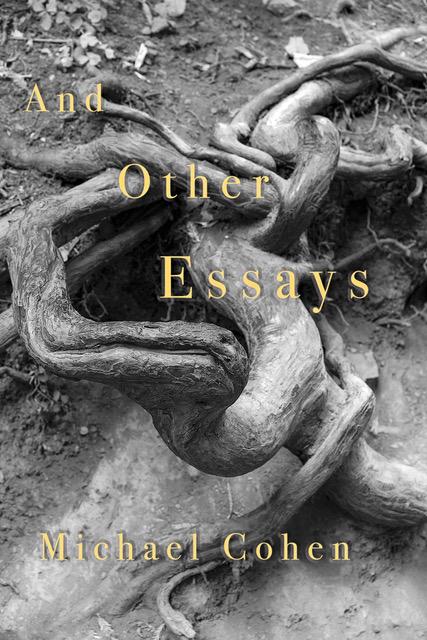I was not in town the Saturday when Gabrielle Giffords and the others were shot. My wife Katharine and I arrived two days later and met our sons, flying in from two different directions for a week of golf and warming sun at the desert house. On Tuesday we ate at one of our favorite restaurants, Wildflower, across the street from the shopping center where the shootings took place. The funerals began on Tuesday and continued through the week. John Roll, the federal judge and Christina Green, the nine-year-old were buried out of the same Catholic church on successive days. At the end of the week there was a memorial service for Gabriel Zimmerman. And each day came a bit more encouraging news from the hospital: another one of the injured discharged or another sign of progress in Giffords’s status.
By the end of the week the TV commentators were repeating their mantra that the shootings were “not politically motivated.” “What could that mean,” asked my older son Matt, “when the person Jared Loughner targeted was a Democratic congresswoman who’d voted for health care reform and had progressive ideas about immigration reform?” And meanwhile, in the face of a lot of criticism, Pima County Sheriff Clarence Dupnik held firm to his conviction that a toxic political atmosphere had affected the unstable mind of the shooter. When asked whether he had any proof that the shooter was so affected, he pretty much said the same thing that Matt had.
On Saturday Katharine and my younger son Dan and I attended a gun show held, as they often are, at the Pima County Fairgrounds. Dan was there to try to trade a folding knife for a smaller pocket model. Katharine and I were there out of curiosity.
Gun shows have, of course, many handguns and rifles for sale, as well as ammunition, magazines—including the extended 33-round clip Jared Loughner used with his Glock 9mm handgun, telescopic sights and other optics such as range finders and binoculars, stun guns and pepper spray, shell casings and bullets for those who reload their own ammunition, government-issue ammo boxes, belts, holsters—including the sorts of holsters used for carrying concealed handguns, purses with pockets for concealed handguns, flak vests (the vendor had large signs posted reading “Body Armor Will Soon Be Banned!”), and all sorts of tools. Many people who had not paid for booth or table space were also selling or trading guns, and some had signs pinned to their backs or around their necks describing their wares. Of course no background checks are done for sales in this gun show environment.
Outside the exhibition hall in the refreshments area we listened in on several conversations that seemed markedly defensive to me, not to mention that the participants were preaching to the choir. The gist of one speaker’s harangue to his friend, who was nodding in agreement, was that if there had been people in Gifford’s “Congress on the Corner” crowd who had guns (Arizona gives permits for carrying concealed weapons to anyone who takes an eight-hour safety course and passes a background check), fewer people would have died. One may be forgiven some skepticism about the efficacy of untrained gunplay in a crowd, however well-intentioned. In fact, a shopper coming out of Safeway was armed, but the shooter had already been tackled and disarmed when he arrived on the scene. Apparently this armed bystander was ready to shoot a man he saw with a gun until he was convinced that it was the shooter’s gun that had been taken away from him.
The other conversation at the show concerned the extended magazine Loughner used in the shooting. These magazines were outlawed as a part of the Assault Weapons Ban that Congress allowed to expire several years ago. “What good would banning a larger magazine do?” a man near me asked his friend. “Don’t people realize the guy would just have used two guns? And no one who already has these clips is going to give them up. I wouldn’t. And I just bought four more inside.”





